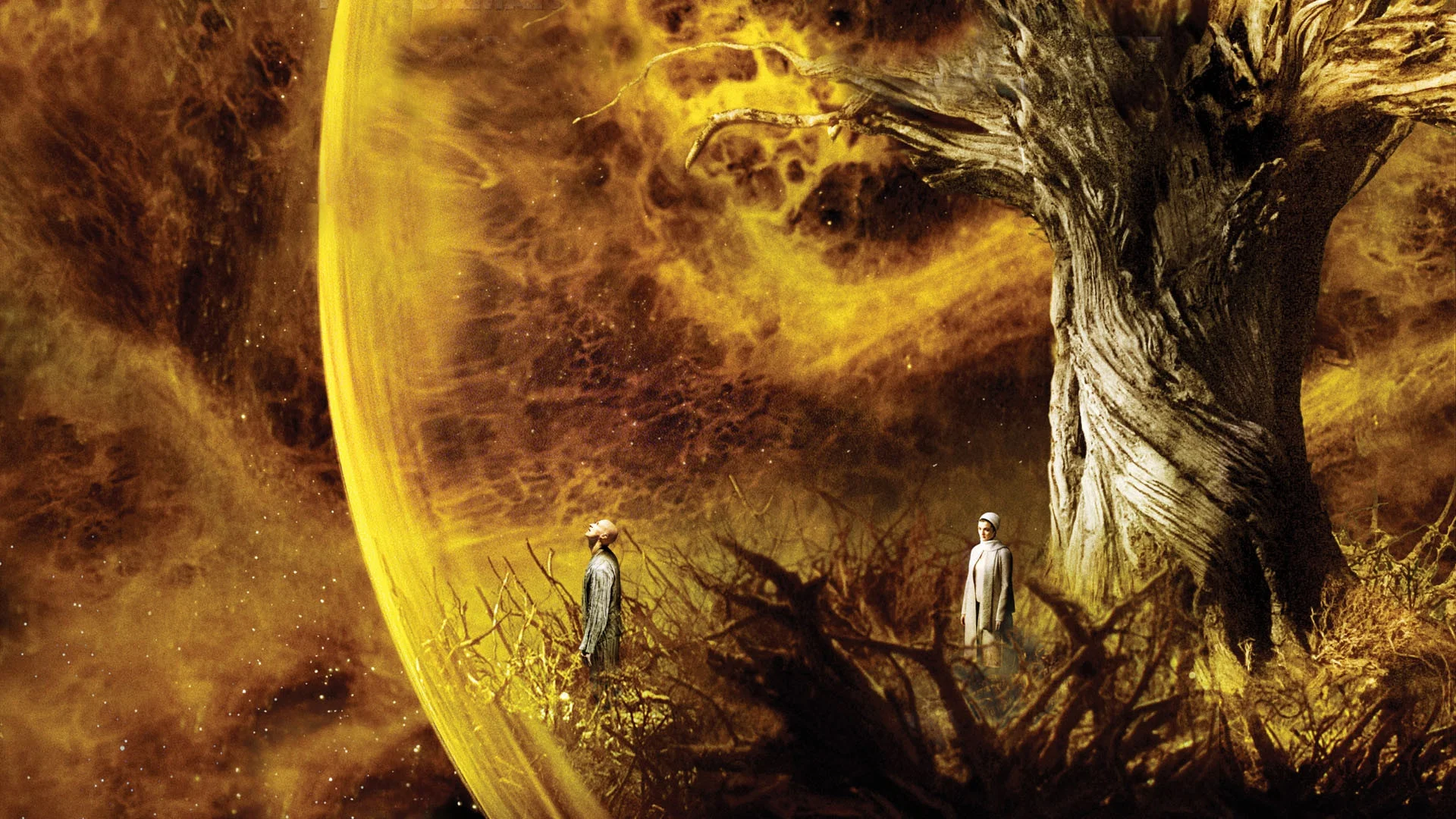Moana Looks to Continue Disney’s Nostalgia Streak
Despite opening in theatres right before the Thanksgiving holiday – a seriously competitive time period for moviegoing, it’d be hard to say Disney doesn’t seem confident about their latest animated feature Moana.
Releasing only a few days after Warner Bros’ return to the Harry Potter franchise Fantastic Beasts and Where to Find Them, which is sure to provide ample competition, Moana is expected to appeal greatly to families with young kids, as the musical aspect of the film might put off those in the teen crowd.
Disney is responsible for four of the highest grossing movies in 2016, and aside from Captain America: Civil War, what remains is a trio of family fare offerings. Although none of them fully embrace Disney’s musical heritage the way Moana is being set-up, titles like Jon Favreau’s live-action The Jungle Book didn’t stray away from its animated musical roots. With Moana, we can see that Disney is certainly ready to revisit those roots in more wholehearted fashion.
Disney’s animated films have been tied to the musical genre from the beginning. Their first full-length animated feature, Snow White and the Seven Dwarfs, is still very much a staple for parents to put on when it comes to distracting their kids. It’s hard to believe that next year marks the film’s 80th anniversary, as it’s still embedded in our modern culture, and there’s really no reason to separate it in our minds from any other Disney musical. Their basis in familiar fairy tale-centric themes provides a permanent, timeless familiarity to them, and as a result they have impacted that culture in a similar way. The Disney versions of such classic tales as Cinderella, Beauty and the Beast, and The Little Mermaid are synonymous with millions of people’s understandings of the stories of which they first originated from.
Although these Disney musicals are rooted in our brain, and we can still remember songs from a multitude of titles, Disney didn’t take long to attempt other forms of storytelling in the mid-20th century. After Pinocchio, Dumbo, and of course Fantasia came Bambi. Avoiding musical numbers and made for $1.7 million dollars in a mid-WWII 1942, Bambi failed to make back its budget on its initial release. For the next few years, Disney rode a wave of smaller scale collections of shorts, until 1950 when they returned to the musical with Cinderella. Cinderella was the financial success Disney needed, grossing over $10 million at the U.S. box office, and from that point a steady stream of popular (and still relevant today) animated movies began.
The next 40 years saw Disney shape generations through a wide-ranging, diverse background of storytelling. Their output always leaned more toward the musical side, but for every Sleeping Beauty and The Aristocats, there was a Robin Hood that still featured music heavily in a non-diegetic approach. This became more popular over time, and can still be seen in contemporary examples such as 1999’s Tarzan with Phil Collins acting as a “musical narrator” but none of the characters performing in a standard musical way (The animals do have an impromptu jam session, but they only sing scat lyrics so it barely counts).
By the time Tarzan released, another game changing animated company had been borne from the Disney womb. Pixar already had Toy Story, A Bug’s Life, and were only months away from Toy Story 2. Disney’s 2D animated output continued, with Emperor’s New Groove, Lilo and Stitch, and Atlantis: The Lost Empire. 2002 also brought about a new era for the company’s original animation slate: sequels. What began with the Peter Pan follow-up Return to Neverland paved the way for Bambi II. While Pixar continued to decimate financially and critically while avoiding the musical, Disney released Valiant, Chicken Little, and The Wild, which is most notable for being a rip off of Dreamworks’ Madagascar.
By 2009, musicals were far from a pop-culture mainstay. With the rise of Dreamworks and Pixar, none of which really embraced the musical heritage of animated family fare, Disney had settled pretty comfortably into the 3D animated world. So when Disney decided to return to the classic era with The Princess and the Frog, it was a direct callback to the Disney of yesteryear. The 2D animated musical made for $105 million grossed over twice that. The year after that, Tangled, a 3D musical adaptation of Rapunzel, grossed over $500 million.
Tangled set the stage for a new kind of Disney princess musical, which recalled the framework they established themselves on, but in a more relevant approach for modern audiences. In 2013 Disney attempted to follow the success of it with Frozen, and in almost no time at all it launched an unprecedented pop-culture sensation like almost nothing else. The Kristen Bell-led animated musical was the kind of movie that exceeded its own reputation as a film and became more or less of a movement. Released into theaters twice, once in its original form and months later as a “Sing-Along” version, Frozen made over a billion dollars worldwide, and stayed in the theatrical market place for 34 weeks.
It’s understandable why Disney is expecting Moana to become a box office powerhouse and replicate the magic that they garnered during Frozen’s time on the box office charts. Moana hasn’t shied away from trying to sell the music side of the film, with musical involvement from Hamilton’s Lin-Manuel Miranda being on equal focus of its promotion as voice actor Dwayne “The Rock” Johnson.
With Disney’s revitalizing of their original cartoon properties into live-action remakes, a resurgence of classic Disney nostalgia is already permeating the market. And even if the lead girls are presented with one more dimension, the modern Disney musical can be just as impactful as the classics. It’s only realistic to assume that little kids are going to be singing “Let it Go” for decades to come.






